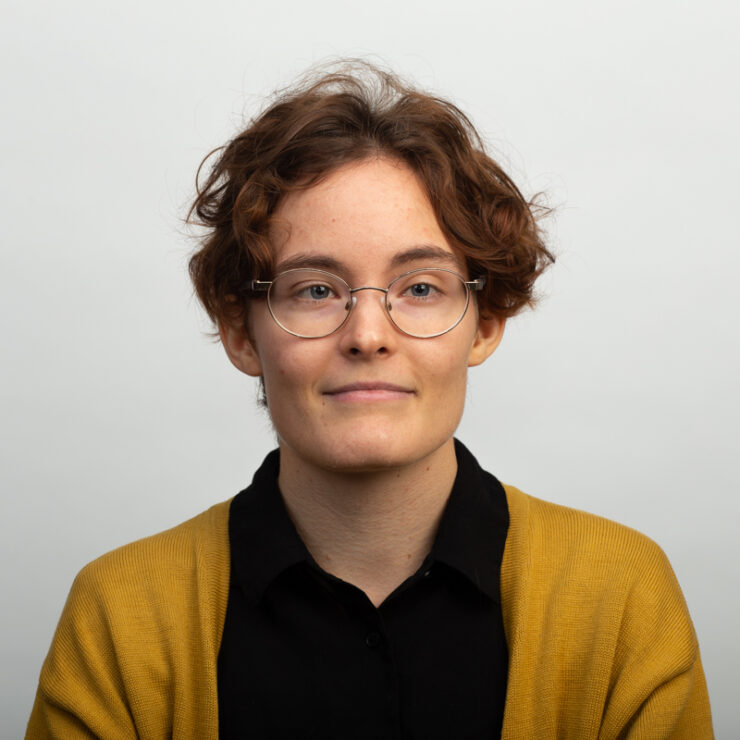
For the first article of my doctoral dissertation, I interviewed the police and prosecutors on their decision-making regarding victim offender mediation during 2020 and 2021. I conducted semi-structured expert interviews, utilizing a both open-ended and structured interview framework. I planned to conduct the interviews face to face, as it enables a natural social setting for capturing lived experiences. Then the pandemic arrived, restricting everyone’s possibilities to socialize. Like many other researchers at the time, I had to rethink my options for my data inquiry. Could I do it by Zoom? Other than meeting face to face, video calls have various benefits for qualitative interviews. Recent studies show that they are cost efficient, enable possibilities for a global reach of interviewees, and offer therapeutic merits (Lo Iacono et al., 2016; Oliffe et al., 2021). However, these studies also raise limitations concerning technical difficulties and decreased possibilities to assess facework more intricately.
In my experience, these difficulties were quite prominent at the beginning of the pandemic. At the time, video calls on Zoom or Teams were newer communication formats to quite many researchers and public servants. This made the maintenance of basic conversational rituals amidst technical difficulties, muted microphones and instances of interruptions mildly inconvenient at best, and exhaustingly uncomfortable at worst. I concluded that these aspects may pose a threat to ensuring the quality or rigor of my study. Relevant to data gathering, interpersonal validity refers to preserving a natural and purposeful setting for social interaction between the interviewer and participant (Patton, 2015, p. 691). In other words, an interview setting that is familiar and safe provides an environment with less reactivity from the outside and more possibilities to focus on the questions and conversations at hand. To enable such a setting, I chose to conduct the interviews by phone. This method had three strengths; firstly, the interviewees were able to choose a social setting they preferred themselves, with little worry for technical difficulties. Secondly, the interviewees were used to interviewing or aiding their clients by phone, making the method of inquiry familiar to them. Thirdly and finally, not engaging face to face with the interviewees strengthened the emphasis on confidentiality and maintenance of anonymity. Namely, only hearing each other’s voices appeared to decrease pressure on maintaining face while presenting as a professional, enabling the interviewees to talk more freely.
Throughout the interviews, both the interviewer and the participants appeared satisfied with talking by phone. Still, I assume that the social stressors regarding video interviews are probably less prominent today due to adjustment and may not outweigh the method’s benefits. At the time, though, many researchers had to improvise to overcome the sudden challenges brought by the covid pandemic. As such, finding the solution that works in the context of one’s own research is paramount. In my case, I learned how to apply methodological arguments regarding rigor and data gathering to a completely new setting, and I’m ultimately satisfied with my choice of means to acquire my data.
About the author

Aino Jauhiainen currently works as a PhD student at Institute of Criminology & Legal Policy at the University of Helsinki. Her dissertation explores the interrelation of the victim- offender mediation and criminal justice system.
Twitter: @aino_jauhiainen
E-mail: aino.jauhiainen@helsinki.fi
